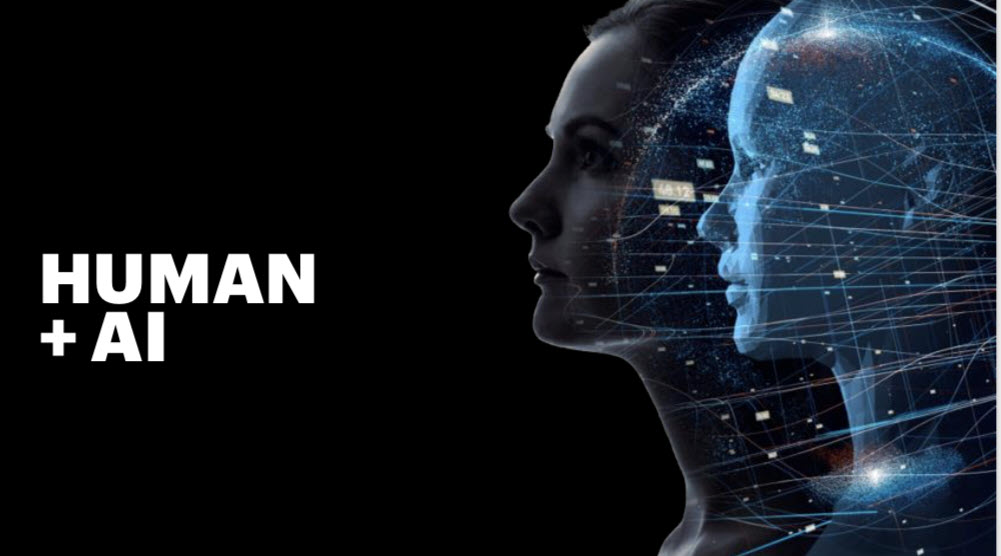Bionic companies – what will business in the future look like?

In a rapidly changing world, organizations need unconventional operating models to survive. An example of this is a bionic company – bionic organizations combining human capabilities and innovative technologies to develop a premium customer experience and enhance customer relations, ensure more productive operations, and dramatically increase innovation rates.
Bionic or biologically inspired engineering is defined as the use of biological methods and systems found in nature to study and design engineering systems of modern technology.

Bionic companies
To transform a traditional organization into a bionic one, a strategy is needed that includes new business models. The starting point is the purpose of the organization/company and its business strategy, i.e. the reasons why it conducts its business and how it implements these reasons.
There are four elements that allow companies to operate as bionic organizations: two of them are related to technology and data, whereas the other two are focused on talent and organization. This model results in three business outcomes for bionic companies.
Four elements of the bionic business model:
- Modular technology
The greatest shift to be made by a traditional organization is to transfer a combination of legacy technological systems of each business unit into a centralized and integrated new-generation technological solution that connects the entire organizations internally and all networks with external systems/partners externally. In this phase, businesses will also implement agile DevOps to a considerable degree and gradually implement robotization of business operations.
- AI and data
To shift from a system where decisions are made by people to a system where decisions are made by people and AI, it is necessary to implement solutions for collecting, managing, using and handling data received from multiple sources to obtain advanced analytics, algorithms for constant learning and innovations in AI operations. Technological progress has brought about a culture based on collecting, processing, analyzing and interpreting data, whereas AI is intended to optimize processes, enhance competitiveness and achieve better results for organizations in all industries. AI is not merely a chatbot used to improve customer experience – it is much more than that and may have a substantial impact on both a specific business model, but also the operating model of the entire organization.

- Digital talent
Employees who are flexible, adaptable and capable of learning will be the first choice for bionic organizations. As human resources are used to design and innovate processes (as opposed to managing them), demand for people with design andtechnical skills will grow the most. All manual, repetitive and tedious tasks will to a considerable extent be taken over by digital employees, i.e. software bots with built-in AI components that are able to additionally accelerate and improve existing business processes.
- Dynamic organizational structure
In a bionic organization, digital-human processes will inevitably have many more standardized elements. To achieve a dynamic organizational structure, bionic business processes will no longer be owned by specific business units. Instead, they will be built and managed by agile teams with assigned business missions and targets for each service/product. Teams that design and manage bionic processes will use agile methodologies.
Three main outcomes of bionic companies:
- Personalized customer experience
Customers are very important nowadays. Customers expect businesses to understand them, to focus on them, to know their preferences and to provide a seamless 24/7 personalized service via physical and digital channels. To be distinguished among their rivals, their transparency and authenticity must be on the highest level to allow them to acquire loyal customers that enhance the organization’s brand reputation.
- Bionic operations and business models
In bionic organizations, business processes are not managed by people – they also involve technology combined with AI elements. Obtaining value from such change will require a massive redesign of legacy business processes to allow people and technologies (AI, bots, machines…) to work together.
The development and management of bionic processes require multidisciplinary efforts of agile teams assigned with the task of achieving a specific objective or outcome and authorized to find the best way of achieving it by using agile technologies.

- Innovative product and service ranges
The traditional approach to the market and product/service ranges will be transformed using a bionic approach that combines data, technology (including AI) and talents and this will enable bionic companies to develop and present to market a whole series of new products/services.
To optimally exploit the technological capabilities that are becoming increasingly wide in this age of digital transformation, businesses should strive to become bionic by intermingling new technologies with human capabilities to enhance growth, innovation, efficiency and resilience and to gain competitive advantages.
Transforming into a bionic operating model will be a major challenge for most organizations, with executives carrying most of the burden – they must design a new method of conducting business intended to develop a bionic organization. Once a company has an idea of what a bionic organization looks like and its advantages, its path to becoming a bionic organization becomes clearer and more easily achievable.
Talk to our experts on how we can support you in establishing operational resilience in your organization
Marina Meštrović, Business Solutions Consultant, TIS




